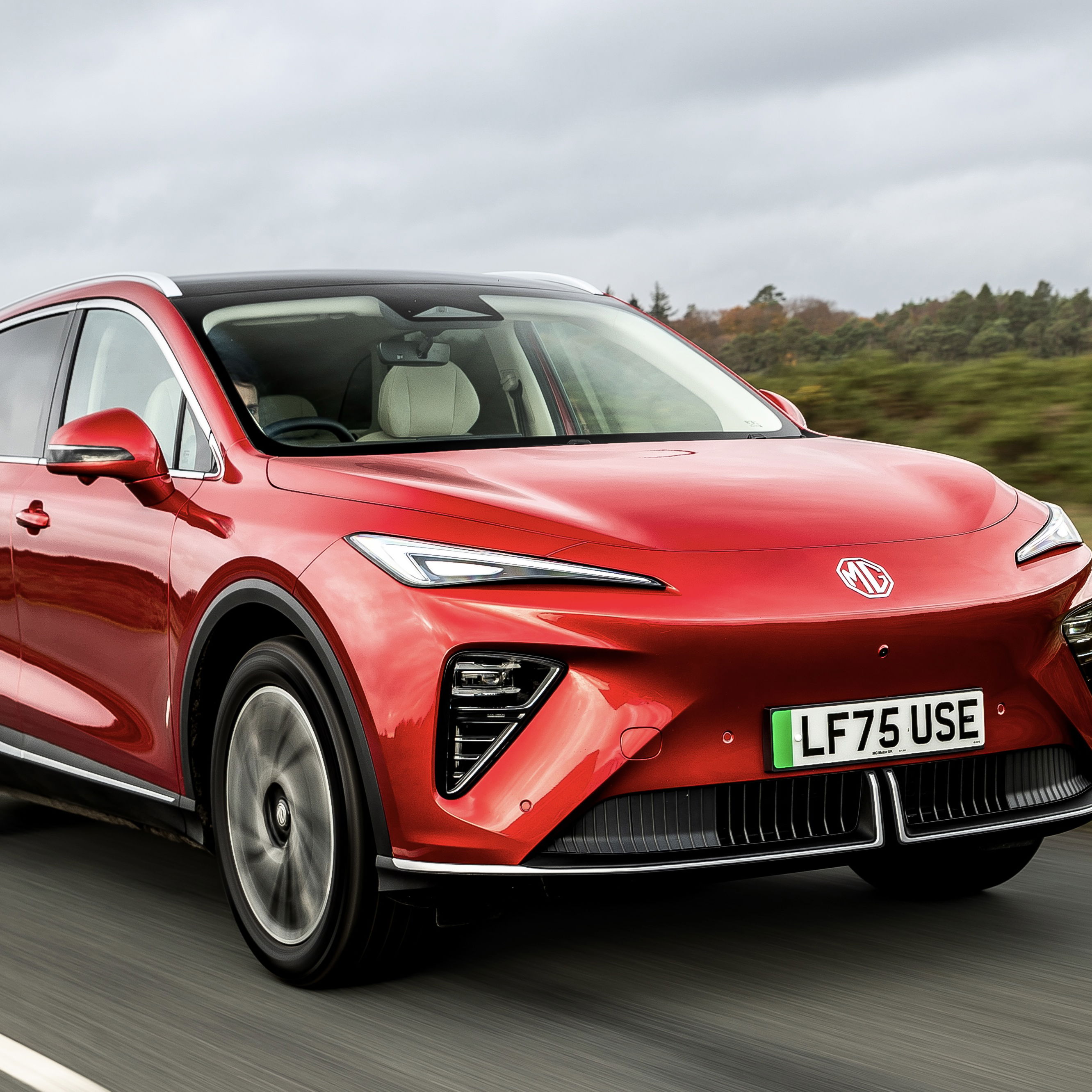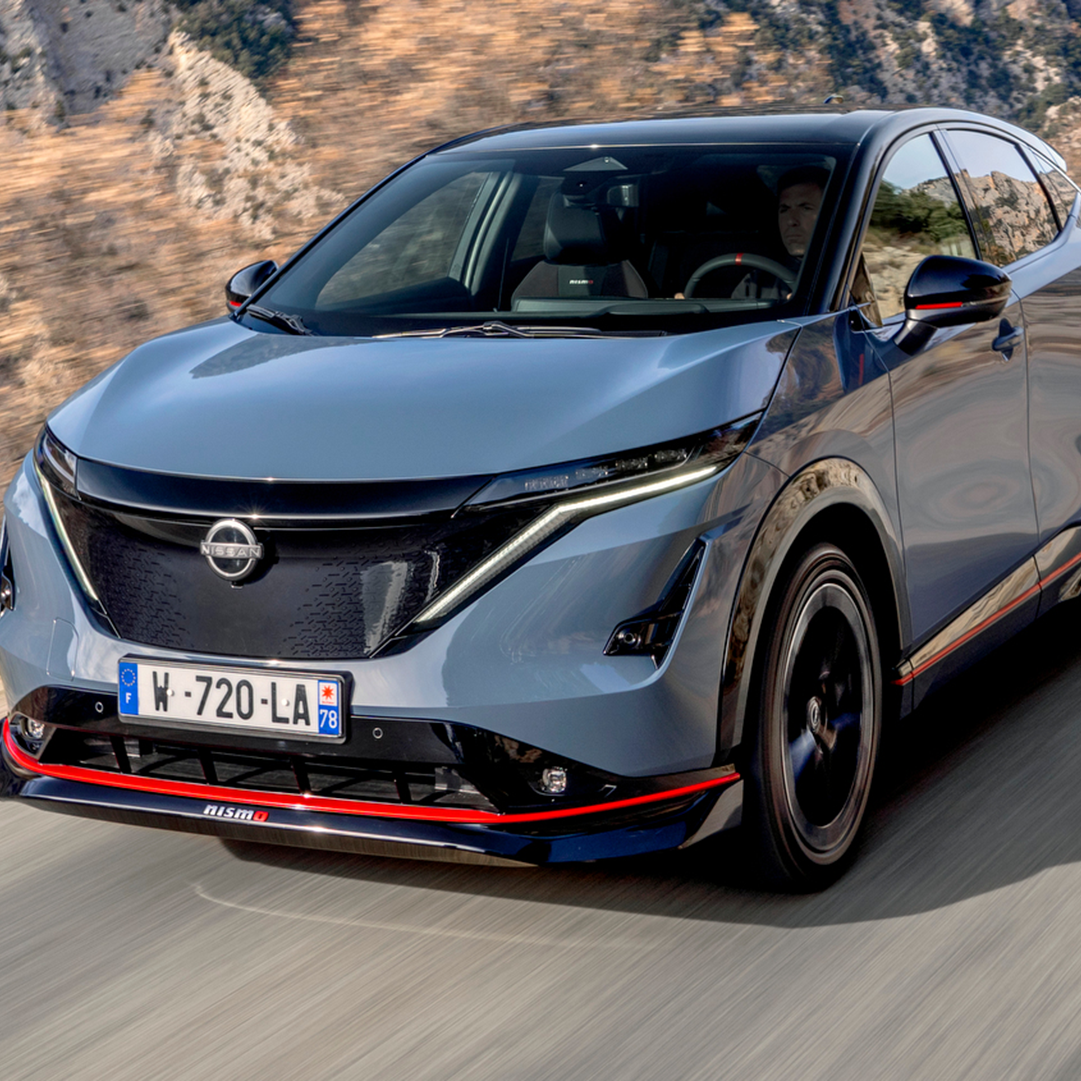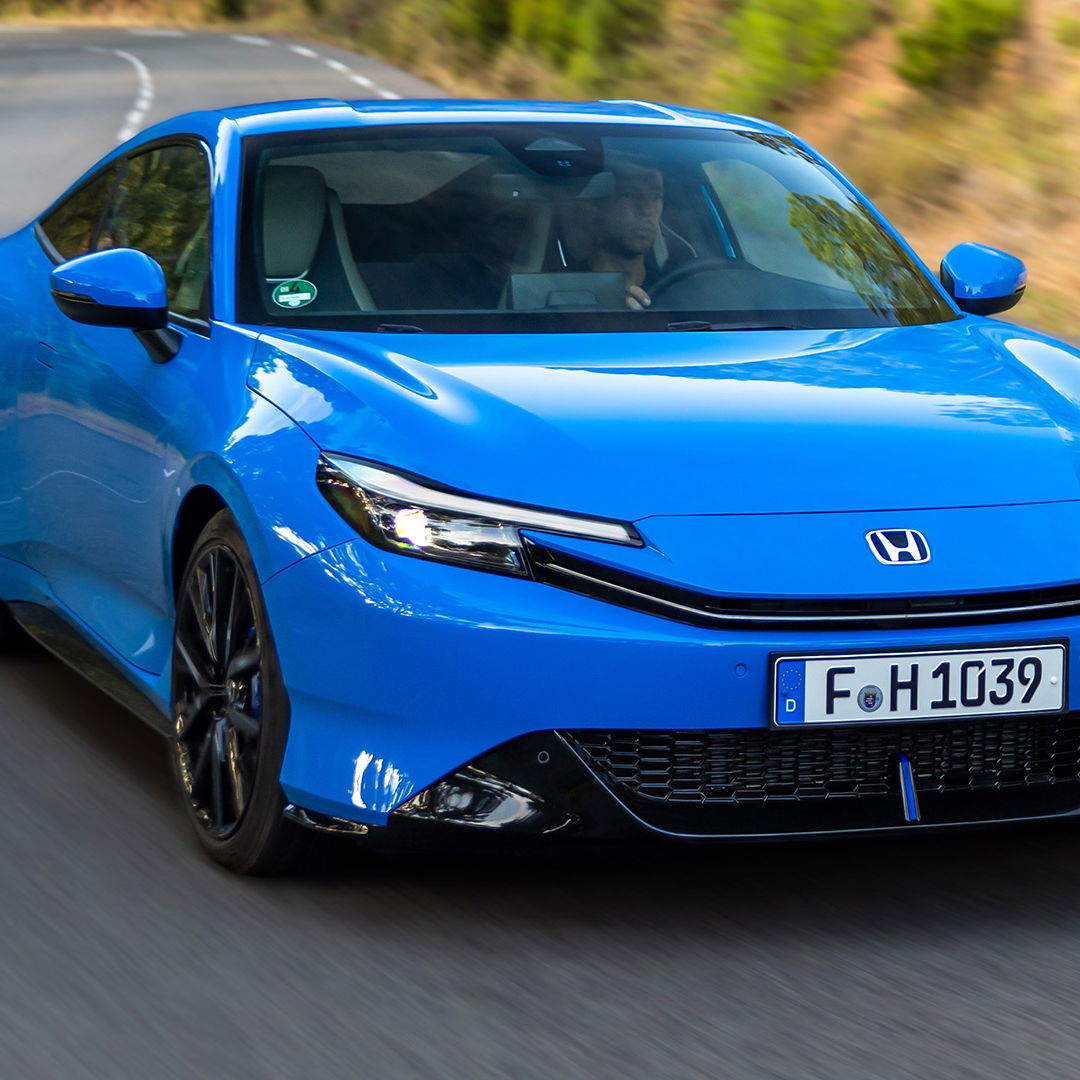How much power can your N/A car make?
I ended up in a conversation on another forum with someone who thought they could get 210hp out of their naturally-aspirated 1.4-litre. I told them they were ridiculous, and it’s not too difficult to show why. All you need is my simple ballpark horsepower formula:
HP = (Peak power RPM in thousands) x (Displacement in litres) x (Tuning factor)
The tuning factor depends on the car:
- A regular economy car will be in the region of 10-12
- A performance car will be around 13
- A supercar or hypercar will be around 14-15
- A racecar will be around 16
- If your engine is a two-stroke or rotary, multiply the tuning factor by 1.8.
Note that you must use peak power RPM, not redline RPM!
This assumes no forced induction, no restrictor plates and a gasoline engine running the Otto cycle (no Atkinson cycle engines). It also works best for cars that aren’t too old (20-30 years should be fine). After that, you’re good to go! The formula is remarkably close for almost any N/A car you name. A few examples:
BMW M3 (E46): 3.2 L x 7.9 kRPM x 13 = 329hp. Actual power is 338hp.
Ford Mustang GT: 5 L x 6.5 kRPM x 13 = 423hp. Actual power is 435hp.
Porsche 918 Spyder: 4.6 L x 9 kRPM x 15 = 621hp. Actual power is 608hp.
Ferrari F2004: 3 L x 19 kRPM x 16 = 912hp. Actual power is 900-950hp.
Mazda 787B: 2.6 L x 9 kRPM x 16 x 1.8 = 674hp. Actual power is 700hp.
Toyota Supra (2JZ-GE): 3 L x 5.8 kRPM x 13 = 226hp. Actual power is 220hp.
Why does this work?
Almost all engines run with roughly the same fuel-to-air ratio and efficiency. This means power is roughly proportional to how much air you take in per second. This is influenced by displacement and RPM, so if you increase one of these, you make more power. The corrections for two-strokers and rotaries are there because these engines take in one displacement’s worth of air every revolution rather than one displacement every other turn. I multiply by 1.8 instead of 2 because these engines tend to be a little less efficient.
The tuning factors are there because you can slightly improve the performance of an engine without increasing displacement, RPM or forced induction by using better parts with lower reciprocating mass (which reduces losses), better intake and exhausts to improve airflow/scavenging and better camshafts/valves. The ECU can also be tuned to favour performance at the cost of something else (e.g. fuel economy, reliability, emissions).
What does this mean for tuning?
This means you can get a ballpark figure of your engine’s potential. For example, that guy I mentioned earlier wanted to tune his 1.4 up to 210hp. Let’s say he gives it supercar-spec parts (factor 15 to be generous). How much RPM does he need?
210 divided by 15 divided by 1.4 gives 10 kRPM. That’s highly unlikely to happen. This shows that he’d be better off increasing displacement by boring or stroking (beware that stroking tends to reduce RPM) or using forced induction.
Thanks for reading, and be sure to pull out this little trick every time you get into an argument!












Comments
So for my car it would be 72hp 😂
10k rpm is not at all far fetched for high performance, small displacement engines. People have made up to 260hp from an N/A 4AGE, and they can redline at 10k or beyond. Some race-spec (for the 80s) N/A 18RGs made almost 300hp at 8krpm. (stock, they redline at 5.5k)
So your formula may be fairly accurate, but ultimately, if you just feed more fuel and air per stroke into a good engine and give it more revs, you’ll make more power.
Do things like variable intake manifolds run under tuning factor? Since sometimes its called a kind of supercharging effect which one can create with a special/variable intake manifold
The Toyota Vellfire that my family owns does 6200rpm x 3.5L x 12=260hp, and its got 280bhp so I’d say its rather good :)
Thank you for this very detailed and informative post. It was a very good read, and is going in my bookmarks.